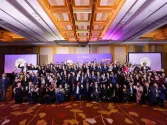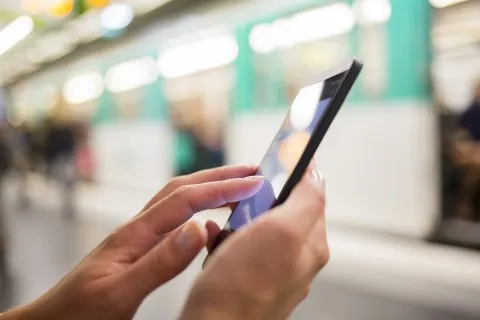
More Asians saying goodbye to cash
Around 470 billion cashless payments were made worldwide in 2015.
When an Asian customer steps up to the cash register of a store these days, presenting a card or mobile phone for payment no longer raises an eyebrow, as both cashless payment methods become increasingly common.
According to RBR’s Global Payment Cards Data and Forecasts to 2021, 471 billion cashless payments were made worldwide in 2015 — up 52% since 2011 — and analysts attribute this surge to the introduction of more sophisticated solutions such as contactless payments through cards and mobile phones.
“The soaring use of contactless cards for low-value payments as well as immediate payment initiatives, which will facilitate person-to-person mobile payments, will further displace cash usage over the coming years,” says Chris Herbert of RBR.
He notes that, at the same time, ATM cash withdrawals increased at a slower rate of 33% as consumers start to move away from using cash and take advantage of alternative payment methods. Worldwide, cards account for 55% of cashless payments in 2015, up from 50% in 2011. In some Asian countries, card usage is expected to grow faster due to strong institutional support.
“The predominance of cards is driven by their common use for retail payments — and campaigns by governments and the banking community in less developed markets to promote card usage at the point of sale are making this more widespread,” says Herbert.
Smartphone payments in Singapore
In Singapore, physical cards are still popular, but mobile wallets have been gaining more traction as an even more convenient method for payment, especially amongst young professionals.
Mobile wallets have now been adopted by one in four Singaporeans, and one in three millennials. “We expect overall usage to increase, as people move more to having their cards and loyalty programmes on the smartphone rather than in the physical wallet,” says J.D. Power director Gordon Shields.
He reckons the advantage of a mobile wallet is it allows transactions to be made quickly and also for notifications to be registered on the mobile phone, which allows cardholders to have access to their most recent account activities, as well as to receive any alerts or messages from the card issuer on their account. “It also helps to improve overall transparency over the account and can work to provide greater control on spending – either for someone who wants to manage their spend on certain categories, or others who may be working towards a certain cashback or rewards spend target,” Shields adds.
Whilst the utilisation of mobile devices for payments remains relatively small, it is a growing market with a reported 42% increase in use between 2013 and 2016, reveals a recent KPMG report on Singapore’s payments ecosystem. Most consumers surveyed even consider it “quite likely” for physical payment cards to be replaced by smartphones, mobile devices, and wearables in the future.
But there are still barriers to usage despite Singapore having more than 30,000 retail points that have enabled payment through apps like Apple Pay, Samsung Pay, and Android Pay. The acceptance level of such apps across merchants remains inconsistent, and many cardholders are wary of fraud or misuse when they switch to a mobile wallet.








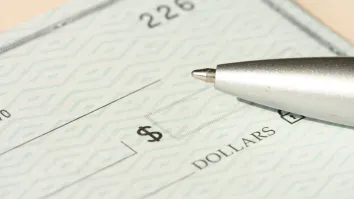




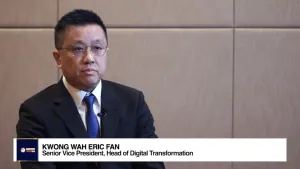


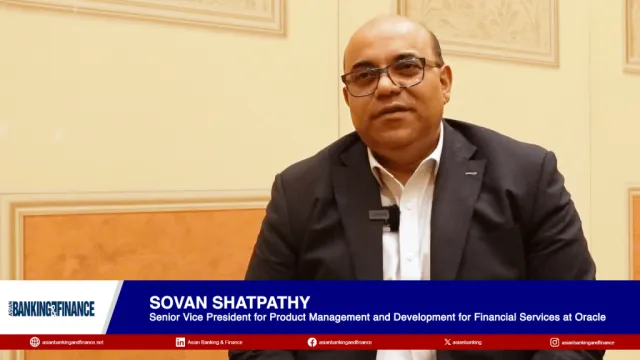
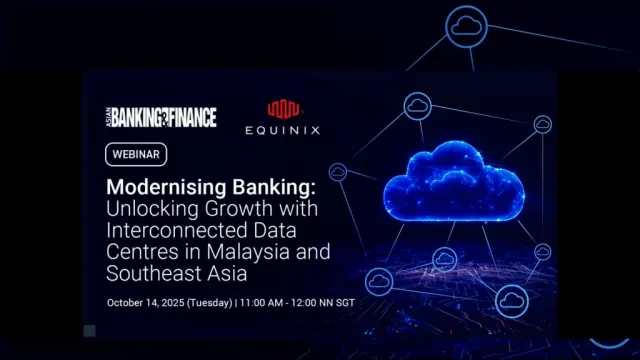

 Advertise
Advertise





